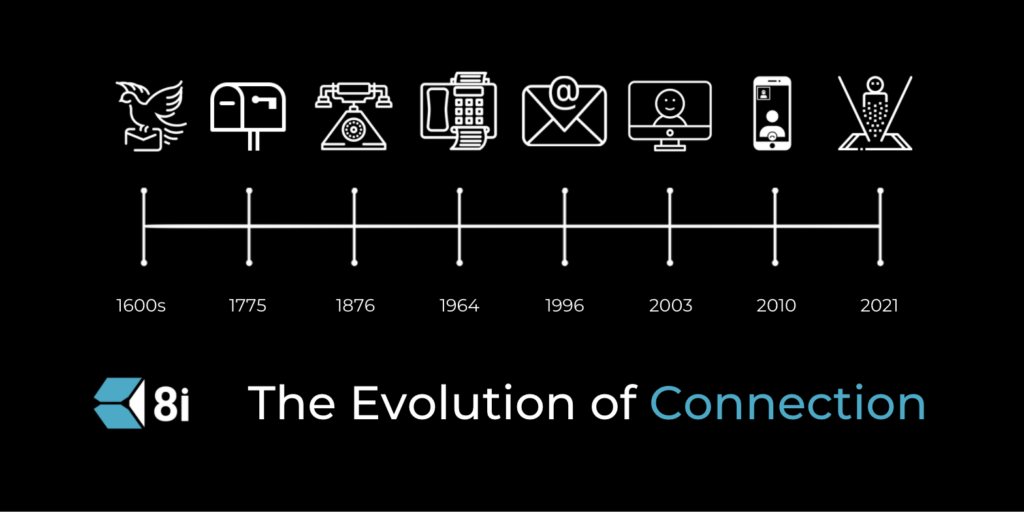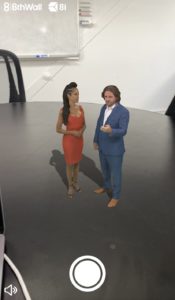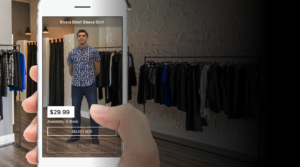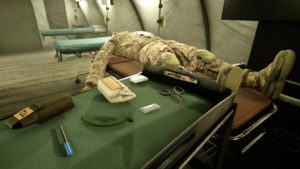One of the most basic needs for the human race is connection. Our desire to connect has been the “why” for the genesis of many types of technology: letters, telegrams, phone calls, emails, text messages, video calls. But in each of those cases listed, something is always missing: that sense of connection that is present when people are face-to-face.
As we charge forward into a digital age, so much of the value of face-to-face communication has been flattened or “avatarized” through 2D screens causing a major loss in the tools of expression. Communication expands far beyond words and vocabulary. Facial expressions, body language, energy, and empathy are meant to be seen, felt, and heard.
So what’s the next best thing to being in the same room as someone? Real-Time Holograms.

The Struggle
But 8i figured it out. After hundreds of thousands of combined hours, a combination of hardware, electrical engineering, machine learning, computer vision, and software development, mixed with the perfect recipe of talent and experimentation, we’ve been able to assemble the puzzle pieces to create a “photo-realistic hologram that fits seamlessly” into your surroundings — within seconds, enabling people to be in many places at once.
Why It's Important
Real-Time Holograms provide that sense of social connectivity that exists when we’re sharing the same space. It goes beyond looking at someone on a screen. Mixed Reality is an engine of empathy in that you’re able to virtually enter new environments which then elicit a more visceral and powerful experience.

Instead of passively watching a moving documentary on-screen, you can be teleported on location where you see, sense, hear, and get full 360 views of the environment and its people. Your defenses lower, you forget yourself and your problems. You are there in the moment and in the action.
And beyond that, the technology enables you to trade viewpoints, something that even face-to-face interaction fails to offer. With Real-Time Holograms, we mean to introduce empathy within technology and make it possible to literally “put yourself in someone else’s shoes”.
The Accomplishment
As our CEO Hayes Mackaman said, “Holograms are no longer the stuff of science fiction. Real-Time Holograms empower an entirely new range of experiences for consumers that will foster deeper communication and connection, put you in the front row of a concert or sporting event, eliminate barriers of entry and democratize open access to education, training, information, and resources — and ultimately level the playing field between the haves and have-nots.”
Book a Demo
This month we hosted the World’s First Livestreamed Hologram Interview with our WebAR partner 8th Wall. We’re eager to continue down the road of “firsts” and want to work with you to make that happen! If you’re ready to see this technology in action or discover ways that Real-Time Holograms can revolutionize your industry, please contact us at hi@8i.com.


